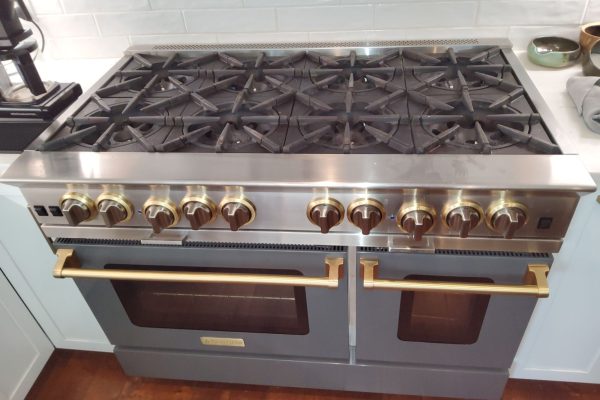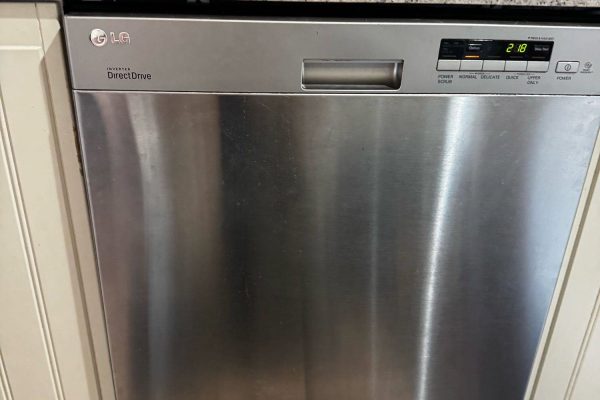Water level sensors play a crucial role in washing machines, ensuring that the correct amount of water is used for each load. When these sensors malfunction, it can lead to various problems such as overfilling, underfilling, or even preventing the washing machine from operating altogether. Identifying and fixing issues with water level sensors can save you from unnecessary water waste, higher utility bills, and potential damage to your washing machine. This article will guide you through the common problems with water level sensors, how to diagnose them, and steps for effective repair.
Understanding Water Level Sensors
Water level sensors in washing machines detect the water level inside the drum and signal the control board to stop or start filling. These sensors can be mechanical (using a pressure switch) or electronic (using capacitive or resistive sensors). When functioning correctly, they ensure that the washing machine uses just the right amount of water for each cycle, optimizing cleaning efficiency and conserving water.
Common Problems with Water Level Sensors
⠀
- Overfilling:
Overfilling occurs when the water level sensor fails to signal the control board to stop filling the drum. This can lead to water spilling out of the machine, causing potential damage to floors and nearby areas. Overfilling is often caused by a faulty pressure switch, a blocked air dome tube, or issues with the control board.
⠀
- Underfilling:
Underfilling happens when the sensor signals the control board to stop filling too early. This can result in inadequate water levels for cleaning clothes effectively. Underfilling can be due to a malfunctioning pressure switch, a pinched air tube, or electronic sensor issues.
⠀
- No Water Filling:
If the washing machine doesn’t fill with water at all, it could be due to a broken water level sensor that fails to send the appropriate signal to the control board. This issue can also be caused by wiring problems or faults in the control board itself.
⠀
- Erratic Water Levels:
Erratic water levels, where the machine fills and stops unpredictably, can be caused by intermittent faults in the water level sensor or loose connections. This can lead to inconsistent washing results and frustration during laundry tasks.
⠀
Diagnosing Water Level Sensor Problems
⠀
- Visual Inspection:
Begin with a visual inspection of the water level sensor and its connections. Look for signs of wear, damage, or loose wires. For mechanical sensors, check the air dome tube for blockages or kinks.
⠀
- Check the Air Dome Tube:
For pressure switch sensors, the air dome tube should be clear of any debris or blockages. Disconnect the tube and blow air through it to ensure it’s not obstructed.
⠀
- Multimeter Testing:
Use a multimeter to test the continuity of the water level sensor. For mechanical sensors, check the pressure switch for electrical continuity when the machine is filled with water. For electronic sensors, test the resistance or capacitance values according to the manufacturer’s specifications.
⠀
- Inspect the Control Board:
If the sensor appears to be in good condition, the issue might lie with the control board. Inspect the control board for any signs of damage or burnt components. A faulty control board may require professional repair or replacement.
⠀
Steps for Repairing Water Level Sensor Problems
⠀
- Cleaning and Reconnecting:
If blockages or loose connections are found during the inspection, clean the components and reconnect them securely. Ensure that the air dome tube is clear and properly attached to the pressure switch.
⠀
- Replacing the Pressure Switch:
If the pressure switch is faulty, it needs to be replaced. Disconnect the power to the washing machine, remove the top or back panel, and locate the pressure switch. Replace it with a new one, ensuring all connections are secure.
⠀
- Replacing the Electronic Sensor:
For electronic sensors, follow the manufacturer’s instructions for replacement. This typically involves disconnecting the old sensor and connecting the new one, ensuring proper alignment and secure connections.
⠀
- Repairing or Replacing the Control Board:
If the control board is identified as the issue, it may need professional repair or replacement. Contact a qualified technician to diagnose and fix control board problems.
Problems with water level sensors can significantly impact the performance of your washing machine, leading to inefficient water usage and potential damage. By understanding how to diagnose and fix these issues, you can maintain the optimal operation of your washing machine and avoid unnecessary expenses.
If you’re experiencing water level sensor problems and need professional assistance, Oceanside Appliance Service Center is here to help. Our experienced technicians are equipped to diagnose and repair any washing machine issues, ensuring your appliance runs smoothly and efficiently. Don’t let water level sensor problems disrupt your laundry routine. Contact Oceanside Appliance Service Center today to schedule a service appointment and keep your washing machine in top condition.
Contact us


